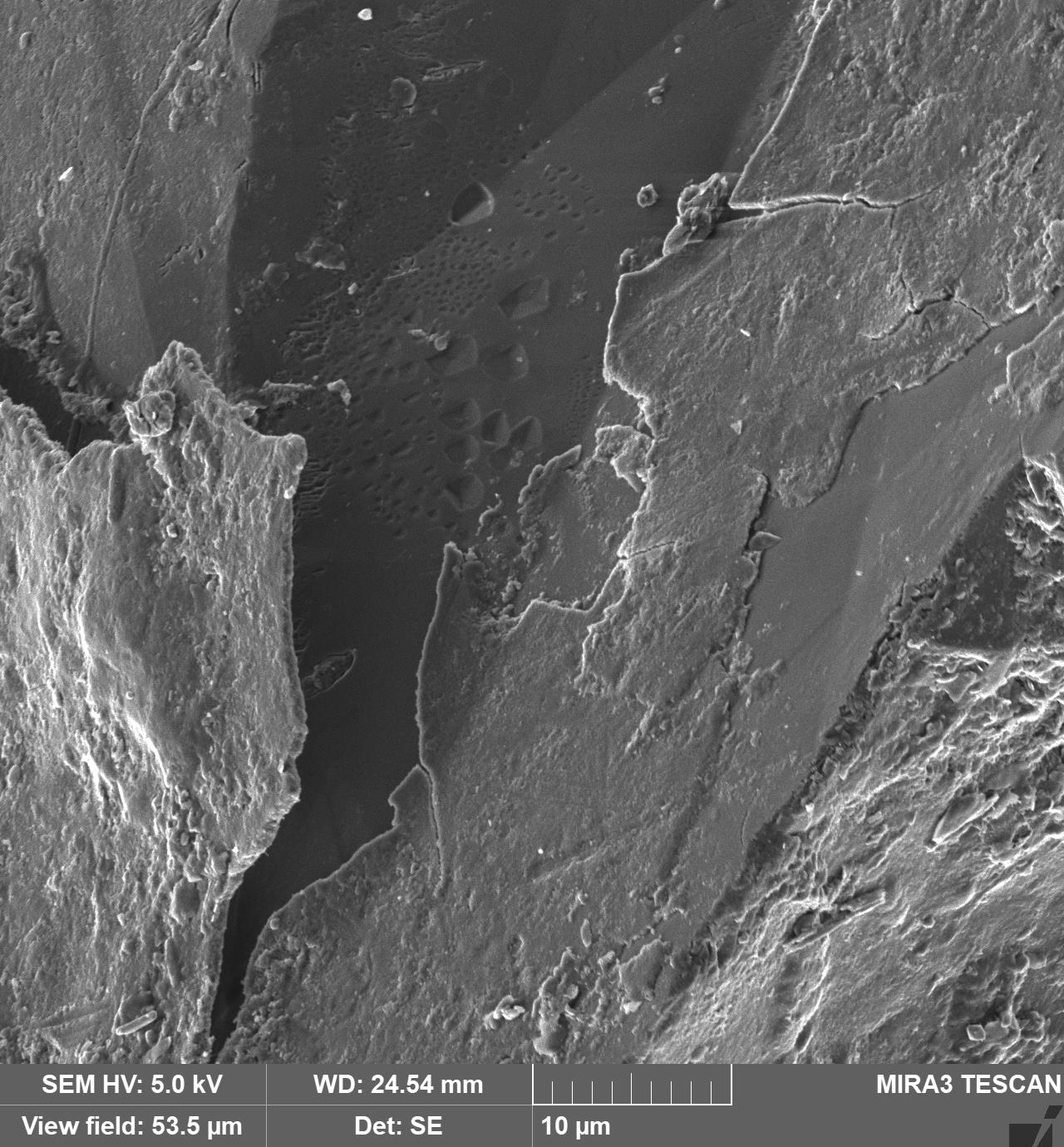Negative emissions through enhanced silicate weathering in the coastal zone
Contact: Géraldine Fiers and Kanchana Kularatne
Active removal of CO2 from the atmosphere is crucial to limit global warming to 1.5-2.0°C by the end of this century (Paris agreement). Enhanced Silicate Weathering in coastal zone (coastal ESW) is one of the proposed Negative Emission Technologies (NET’s) that stands together with Carbon Capture Utilization and Storage (CCUS) methods, to achieve the Paris agreement goals. Mg-rich mineral olivine [(Mg,Fe)2SiO4] has been proposed as a suitable candidate for coastal ESW application due to its high abundance, fast dissolution and the ability to release divalent cations. Olivine dissolution in the coastal aquatic environment releases alkalinity which enhances dissolution of atmospheric CO2 in seawater, consequently creating a CO2 sink. Although coastal ESW has multiple benefits such as counteracting ocean acidification, zero interference with terrestrial land use and easy implementation though already existing coastal management programs such as dredging technology, little is known about the geochemical and biological processes that affect the efficieancy of this technology and its long term environmental impacts. To answer these questions, Ghent University is collaborating with the Antwerp University, VLIZ, SIBELCO, DEME and CO2logic to establish more realistic experimental set up to better understand coastal ESW process.
Ghent university develops the workflow to extract reacted olivine from the large scale realistic experiments and investigates the geochemical processes such as olivine dissolution, precipitation of secondary phases and passivating layer formation at micrometer (µm) to nanometer (nm) scale using Scanning Electron Microscopy (SEM), Transmission Electron Microscopy (FIB-TEM), Raman spectroscopy, X-Ray Diffraction (XRD) and X-Ray micro Computed Tomography (µCT). This combined approach sheds light to understand the geochemical processes take place at grain scale and provides important qualitative and quantitative insights on the feasibility of coastal ESW as a large scale application.

FIGURE: Secondary electron (SE) image showing an olivine grain after reacting in a large scale realistic experimental set up developed for enhanced silicate weathering in the coastal zone. Dissolution occurs on the olivine grain surface via forming lenticular etch pits and steps that peels off the surface layers.
This project is funded by the Belgian Flemish government Fonds voor Wetenschappelijk Onderzoek-Vlaanderen (FWO).More information about the project can be found here